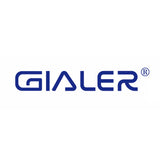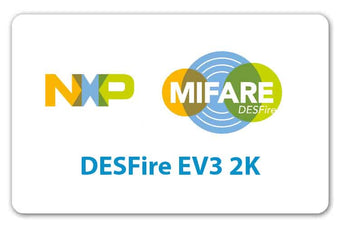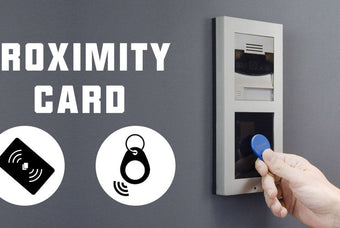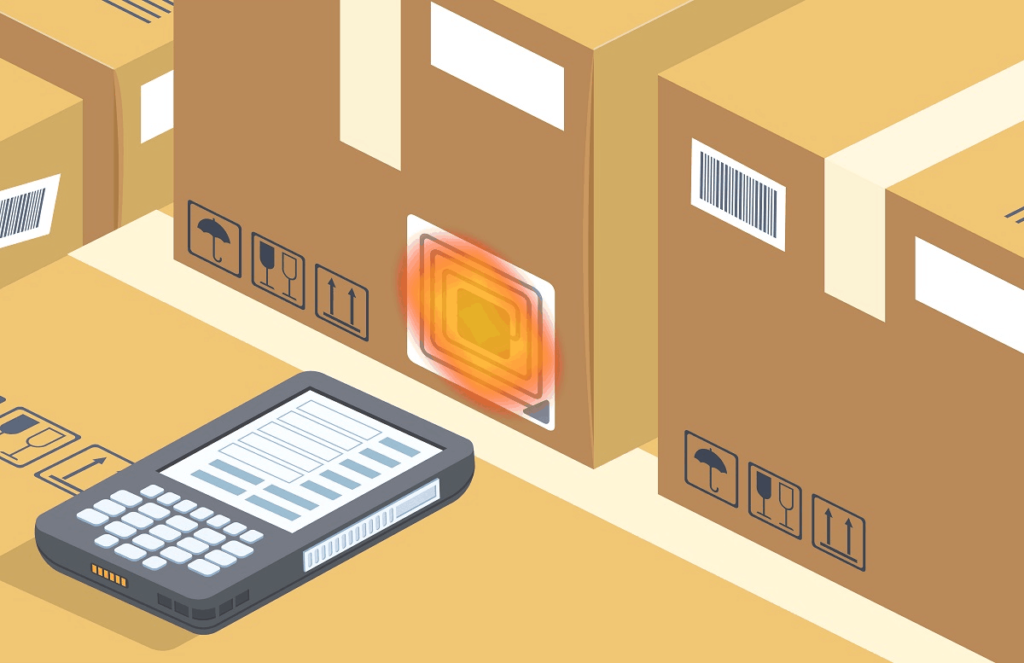For a long time, there are often customers who wonder what the advantages of RFID technology are, and the one-dimensional and two-dimensional codes for material inventory can also be realized.
Therefore, RFID technology is often compared with the bar code and QR code. One of the advantages of RFID technology is that it can replace inefficient and time-consuming manual processes to save time, automatically identify, capture data, interact with objects and/or improve data accuracy.
The enhanced visibility provided by RFID is unprecedented and can dramatically change the way companies view their processes.For some companies, the need for RFID technology has emerged and realized.
However, it is not feasible because of the high upfront cost and the time-consuming testing and deployment process.
In addition to RFID’s start-up cost and deployment time, many companies are hesitant to change their current processes because this considerable change will impact the company.
Although RFID technology is often advertised as an advanced alternative to manual processes such as asset and inventory management, RFID does not have to completely replace existing processes such as bar codes.
Like most technological advances, changes can be implemented gradually over time, or the two technologies can work together to provide a more robust solution.
Here's why RFID and barcodes work together in some scenarios:
-
Complementary technologies: Barcodes are optical representations of data that require a line-of-sight scanner to read, while RFID uses radio waves for wireless communication between tags and readers. By combining these technologies, you can have a backup system in case one fails or is not suitable for a particular use case. This redundancy improves overall system reliability.
-
Redundancy: When you use both RFID and barcodes, you can ensure that items can be tracked even if one of the systems fails. For example, if an RFID tag is damaged or malfunctions, the barcode can serve as a backup means of identification and vice versa.
-
Increased read rates: RFID is generally faster and more convenient for reading multiple items simultaneously, while barcodes require individual scanning. Combining both technologies can help improve read rates, especially in high-throughput environments like warehouses and logistics operations.
-
Versatility: Barcodes are typically less expensive and easier to implement than RFID, making them a cost-effective choice for some applications. RFID, on the other hand, is more suitable for situations where hands-free, automated, or long-range identification is required. Combining the two allows you to leverage the advantages of each technology as needed.
-
Data integration: RFID and barcodes can be integrated into a single tracking system, enabling you to capture different types of data, such as item location and status, more efficiently. This integration can provide a comprehensive view of your inventory or assets.
-
Transition from one technology to another: In some cases, organizations may want to transition from using barcodes to RFID technology gradually. During this transition, both technologies can be used in parallel to ensure a smooth migration while preserving the existing infrastructure.
-
Security and authentication: RFID technology can provide enhanced security features, such as encryption and authentication, while barcodes lack these built-in security mechanisms. Combining the two can be a way to add a layer of security to the tracking process, especially in applications where data integrity is crucial.
It's important to note that the decision to use both RFID and barcodes together depends on the specific requirements of the application and the associated costs. Some applications may benefit more from one technology over the other, while others may find a combination of both to be the most effective solution.









